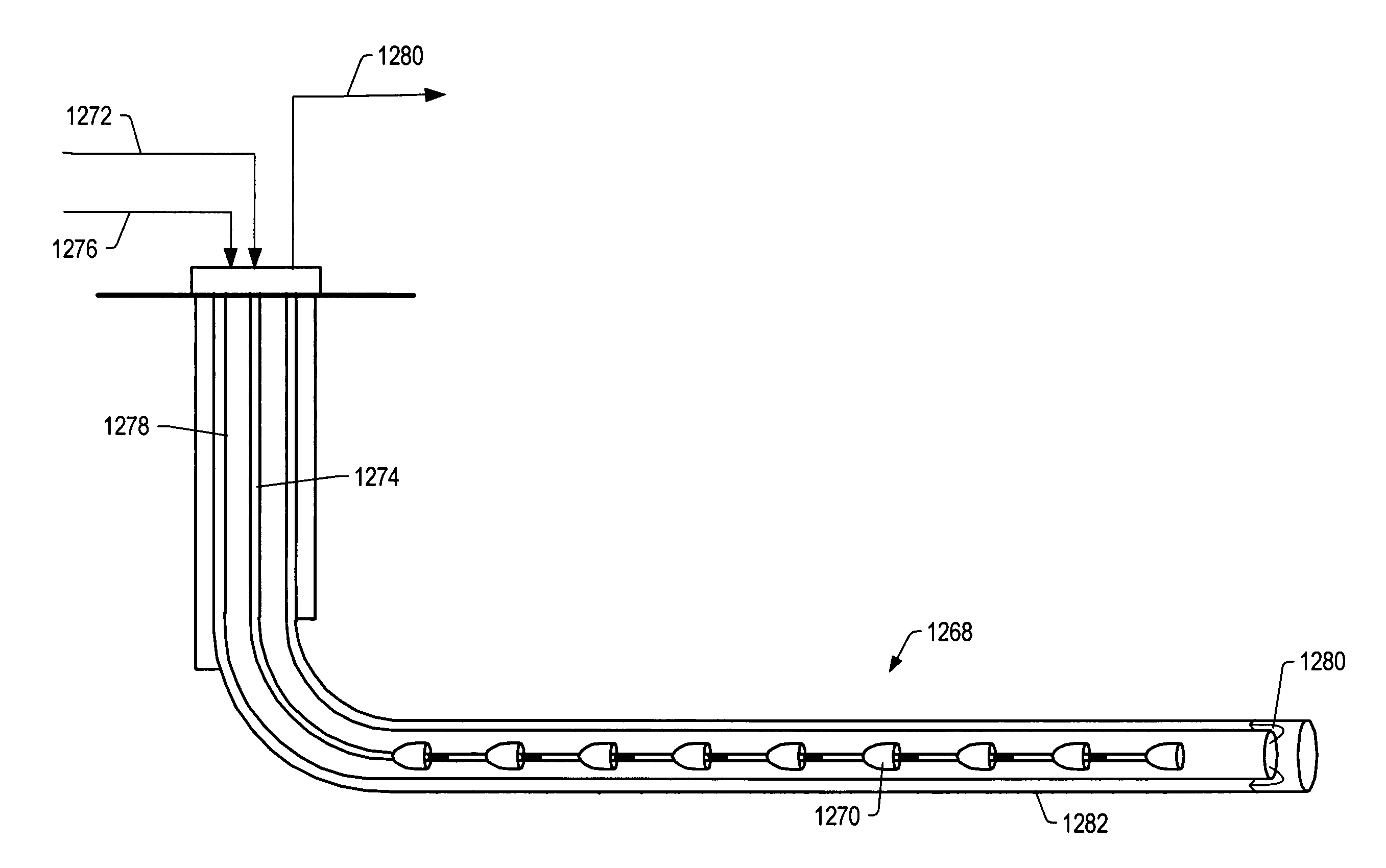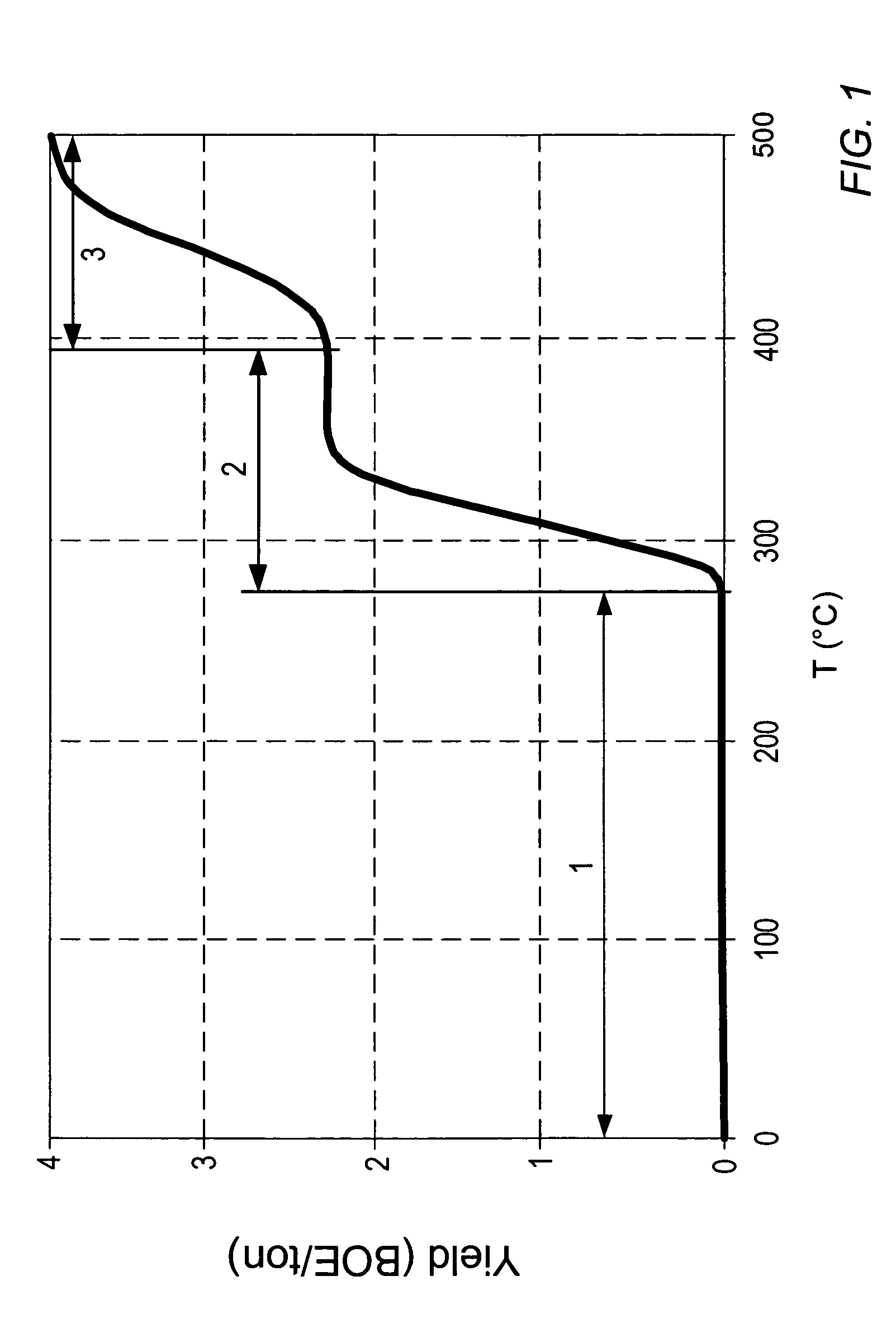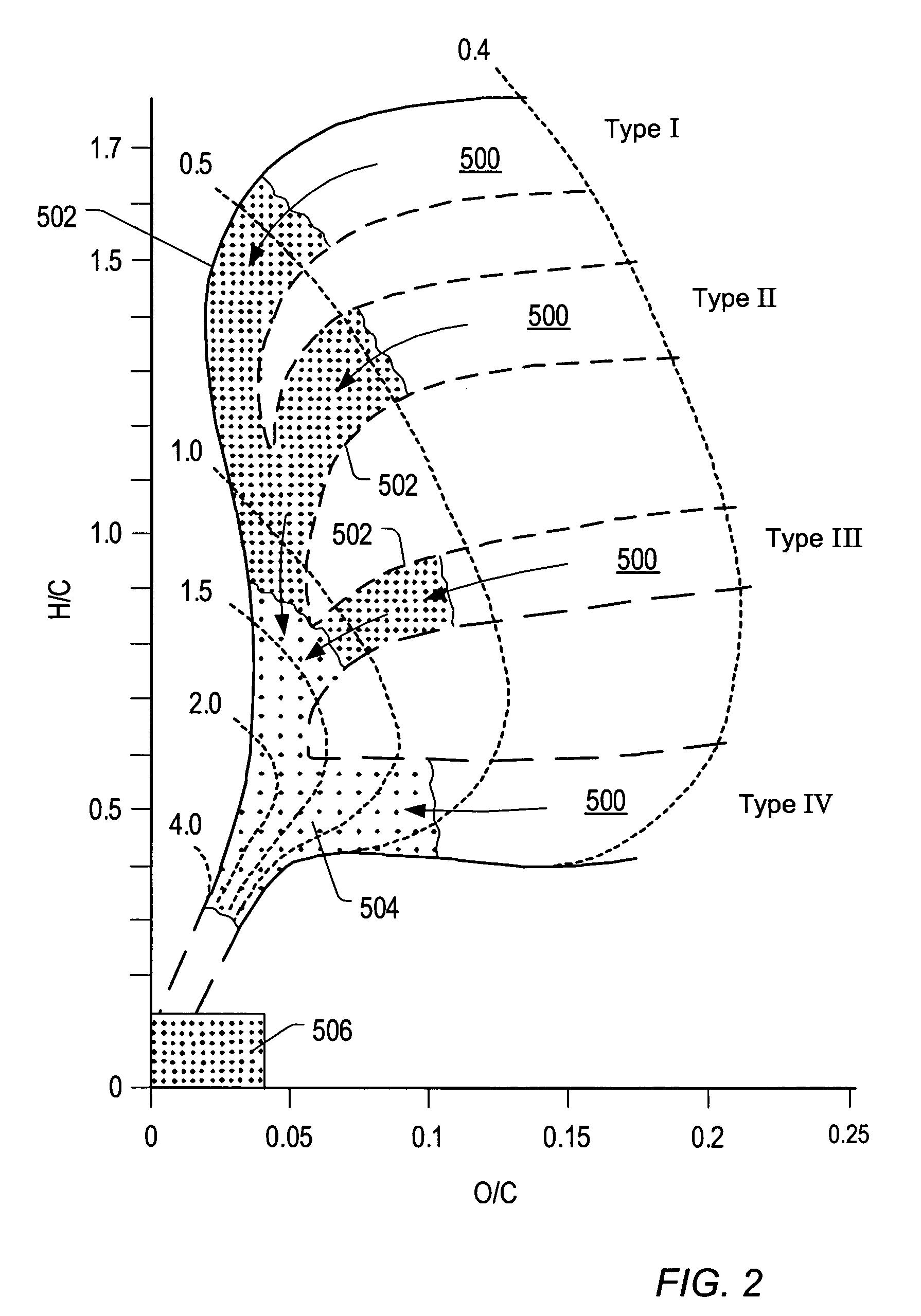Thermal processes for subsurface formations
a technology of subsurface formations and processes, applied in the direction of survey, insulation, borehole/well accessories, etc., can solve the problems of high cost of mining, low economic feasibility of mining coal from steeply dipping coal seams, and high carbon dioxide emissions of coal burning for electricity, etc., to reduce heat output, reduce heat amount, and reduce heat
- Summary
- Abstract
- Description
- Claims
- Application Information
AI Technical Summary
Benefits of technology
Problems solved by technology
Method used
Image
Examples
Embodiment Construction
[0297]The following description generally relates to systems and methods for treating a hydrocarbon containing formation (e.g., a formation containing coal (including lignite, sapropelic coal, etc.), oil shale, carbonaceous shale, shungites, kerogen, bitumen, oil, kerogen and oil in a low permeability matrix, heavy hydrocarbons, asphaltites, natural mineral waxes, formations in which kerogen is blocking production of other hydrocarbons, etc.). Such formations may be treated to yield relatively high quality products including, but not limited to, hydrocarbons and hydrogen.
[0298]“Hydrocarbons” are generally defined as molecules formed primarily by carbon and hydrogen atoms. Hydrocarbons may also include other elements such as, but not limited to, halogens, metallic elements, nitrogen, oxygen, and / or sulfur. Hydrocarbons may be, but are not limited to, kerogen, bitumen, pyrobitumen, oils, natural mineral waxes, and asphaltites. Hydrocarbons may be located in or adjacent to mineral matr...
PUM
 Login to View More
Login to View More Abstract
Description
Claims
Application Information
 Login to View More
Login to View More - R&D
- Intellectual Property
- Life Sciences
- Materials
- Tech Scout
- Unparalleled Data Quality
- Higher Quality Content
- 60% Fewer Hallucinations
Browse by: Latest US Patents, China's latest patents, Technical Efficacy Thesaurus, Application Domain, Technology Topic, Popular Technical Reports.
© 2025 PatSnap. All rights reserved.Legal|Privacy policy|Modern Slavery Act Transparency Statement|Sitemap|About US| Contact US: help@patsnap.com



